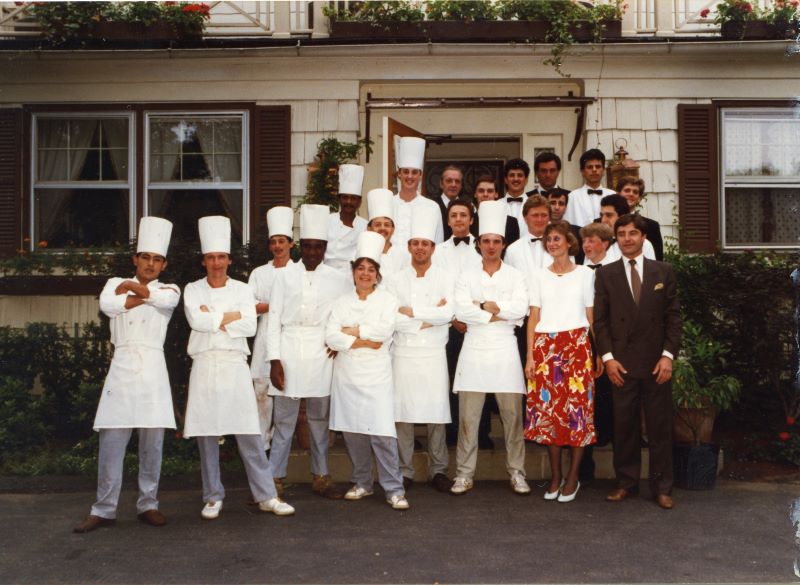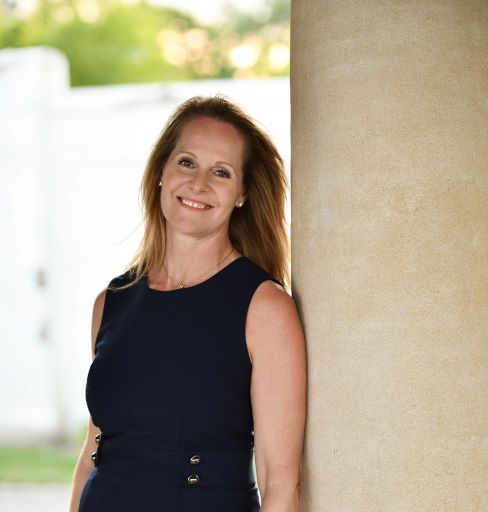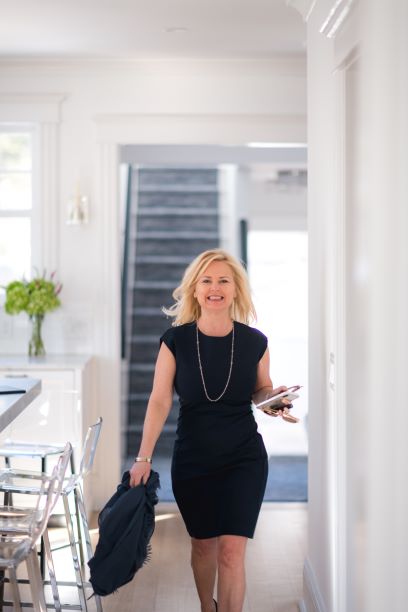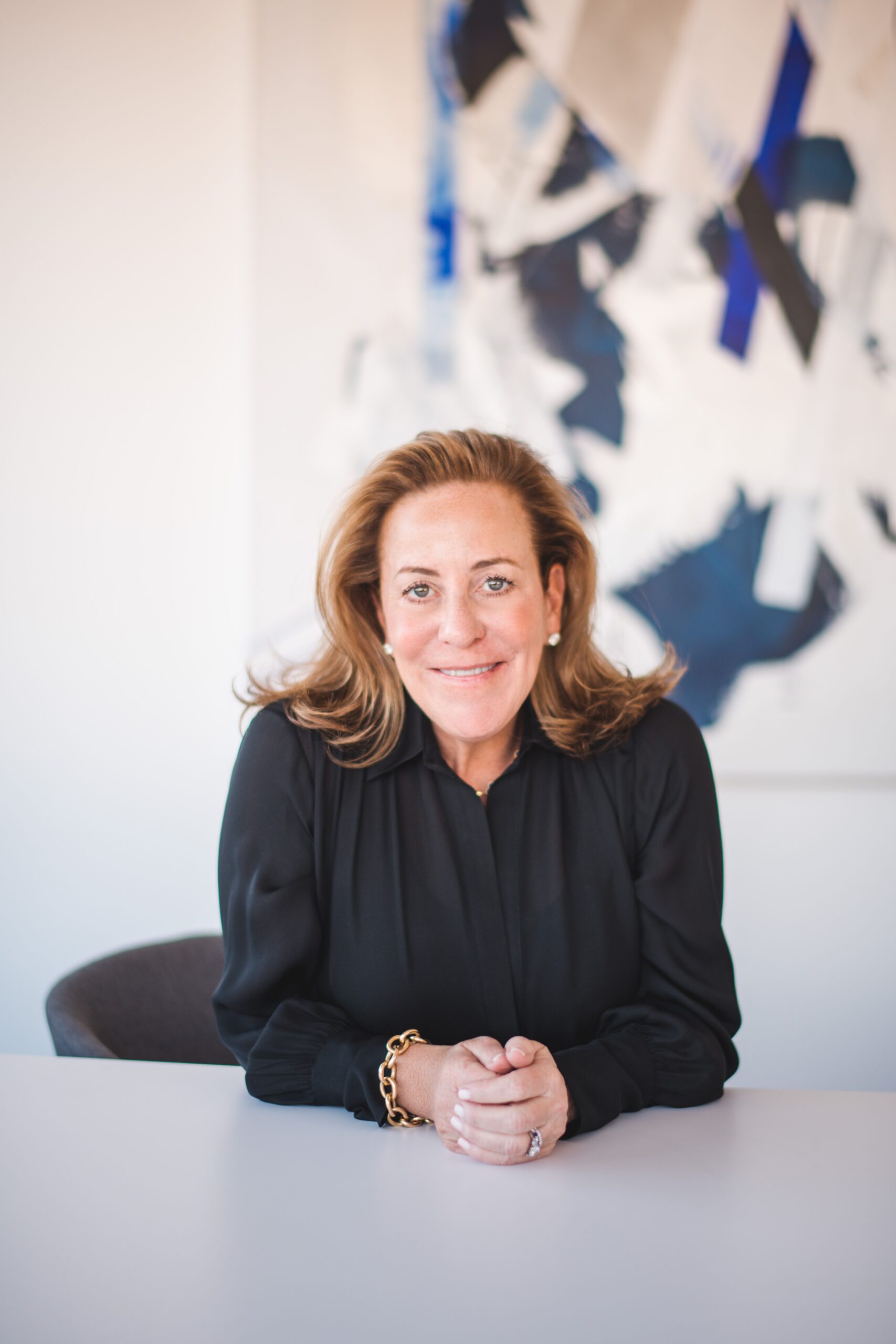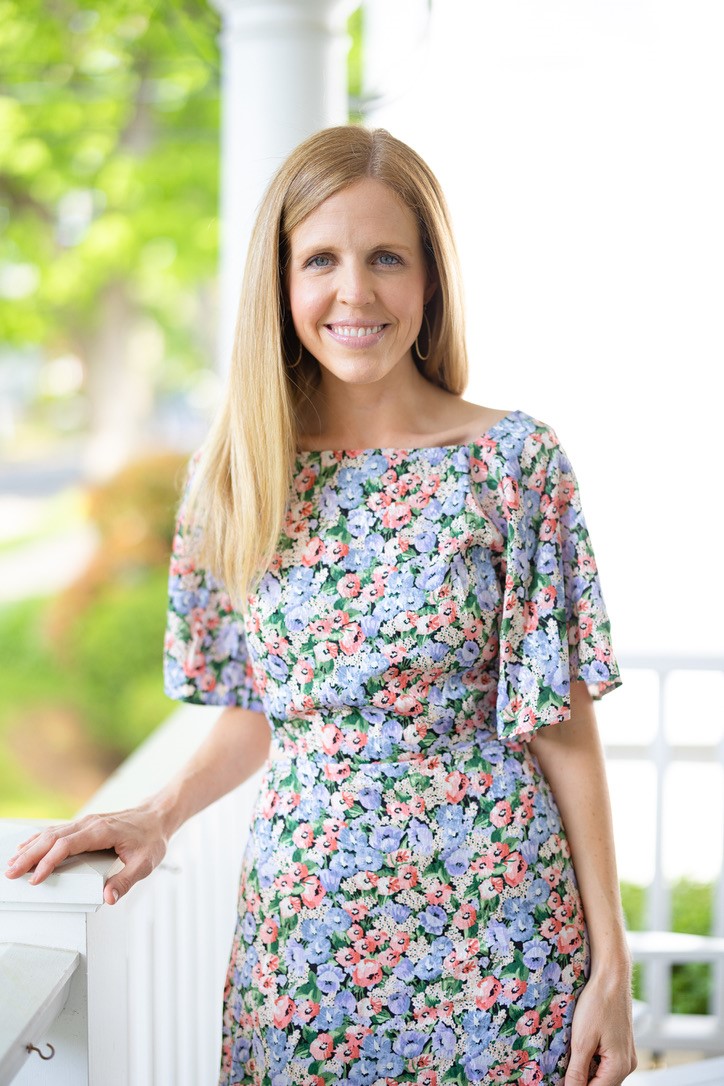By Chris Cohan
Jacques Loupiac has led a charmed life. He grew up in Toulouse, a city in the south of France, where his family operated a bakery known for its pastries. After going to culinary school in Nice, he apprenticed at restaurants along the Riviera. In the town of Mougins, which overlooks Cannes and has sweeping views of the Mediterranean and distant sunsets through pollarded maples and swaying palm trees, a small restaurant captured his heart. He took a photograph and held on to it.
Leaving a promising future in France, Jacques emigrated to the United States in 1969 — “a great year for wine”. He spent over a decade working at La Crémaillère in northern Westchester before deciding it was time to become the propriétaire of his own restaurant. He wrote letters to customers telling them he was doing just that.
“It was a lifelong dream,” Jacques said, reminiscing over a glass of excellent unoaked French chardonnay last week. And in 1985, when he bought a tired, old building on the corner of Milton Road and Oakland Beach Avenue in Rye, his vision was to create a premiere culinary destination with the same country elegance of the one in the picture.
In just two months, he assembled a talented staff, pored over design books for décor ideas, rented a truck to go pick up wood beams from a barn in Connecticut that was being dismantled, and, voilà, La Panetière opened to rave reviews from the start. He rarely advertised and relied on word-of-mouth — and great chefs — for his success.
For many of its 36 years, dining at La Panetière meant making a reservation a week or more in advance. But it was always worth the wait.
When you walk in, you are greeted by warm, welcoming colors and a well-trained staff. Antique cabinets and armoires are filled with a lifetime of collected curios. Tables are set with fresh bouquets and custom-painted plates from Austria. Chiming twice on every hour is a Morbier clock. Some say the unique double chime is to remind people of prayers. (Loyal customers would say it is meant to remind you to give thanks for the food you are about to be served.)
This is not a restaurant where the waiter tells you his name and asks you how everything is one too many times. The staff is as sophisticated as the menu.
No decades-long journey is without its ups and down. Jacques experienced plenty of turbulence over the years — the decline of business expense meals in the 1990s to the dotcom crash, followed by 9/11, the Great Recession of 2007-08, and Covid were low points in the roller coaster ride of running a restaurant for so long.
But it is the high points he wants to share. “I have gotten to know generations of patrons well, watched children grow up and come back with families of their own,” he noted. “I’ve felt honored that so many people chose my restaurant as the place for their special occasions. And bringing a smile and satisfaction to so many is the best thank-you I could ever have hoped for.”
The name of his fine restaurant (French for “the breadbasket”) is a tribute to his mother and grandmother who owned a boulangerie and from whom he learned the value of hard work and commitment to excellence. For him, it’s all in the details, which hasn’t gone unnoticed or unappreciated over the years.
His days start early, but his commute is short, living as he does diagonally across the road.
“I could never wait to go to work, be there for the early-morning deliveries from purveyors, building the menu and the wine cellar,” he said with an ageless sparkle in his eyes. “To this day, the best part of my day is watching the food being prepared.”
After greeting his guests, Jacques would inconspicuously make sure their every request was met, often before they asked.
Those little details make a big difference to people who dress up and come for a multi-star meal, which begins with ever-changing amuse-bouche, along with flaky cheese sticks, and a basket of warm breads offered tableside with crocks of sinfully rich butter. At this point, a little self-restraint is called for because there are so many memorable dishes to come, starting with the soup. The carrot ginger is as warm and filling as the cream of asparagus is refreshingly flavorful.
If you can’t decide which appetizer you want, you’re not alone. On many occasions, my wife and I, who also live diagonally across the road, have ordered several appetizers and then leapt over the main course to dessert. Having said that, seasonal dishes, especially the deep-fried softshell crabs, are a must, and the sweet breads with morel mushrooms are mouth-watering. Other reasons not to jump to dessert are tender venison, duck breast, and scallops perfectly seared with a crispy exterior and translucent briny interior.
As far as desserts, the crème de la crème are the souffles — chocolate, coconut, Grand Marnier. Make sure to order one when you order your main course.
Over the decades formal dining has given way to casual dining across the country. Jacques was not immune to changing times, always revising his menu and responding to changing tastes. Through it all, he has stayed true to his core principle: offering classic French dining in a warm, welcoming atmosphere; a commitment that made many patrons regulars. He can still be found, suit and tie, tableside preparing sole meunière, an operation requiring skill and training to master well.
After 36 years running a renowned restaurant, and on the verge of retirement, Jacques said he has “absolutely no regrets. This is a moment for celebration. I was blessed with an opportunity to turn my dream into reality. I never thought of it as work.”
If Jacques Loupiac takes off his toque and apron and loosens his tie, it will indeed be the end of an era. Many patrons hope he is just taking a well-deserved <vacance> and will return renewed, refreshed, and ready to serve yet another fine meal. I, for one, hope so, and am ready to make my reservation tout de suite.

